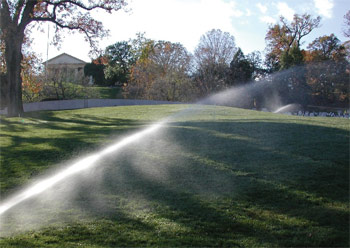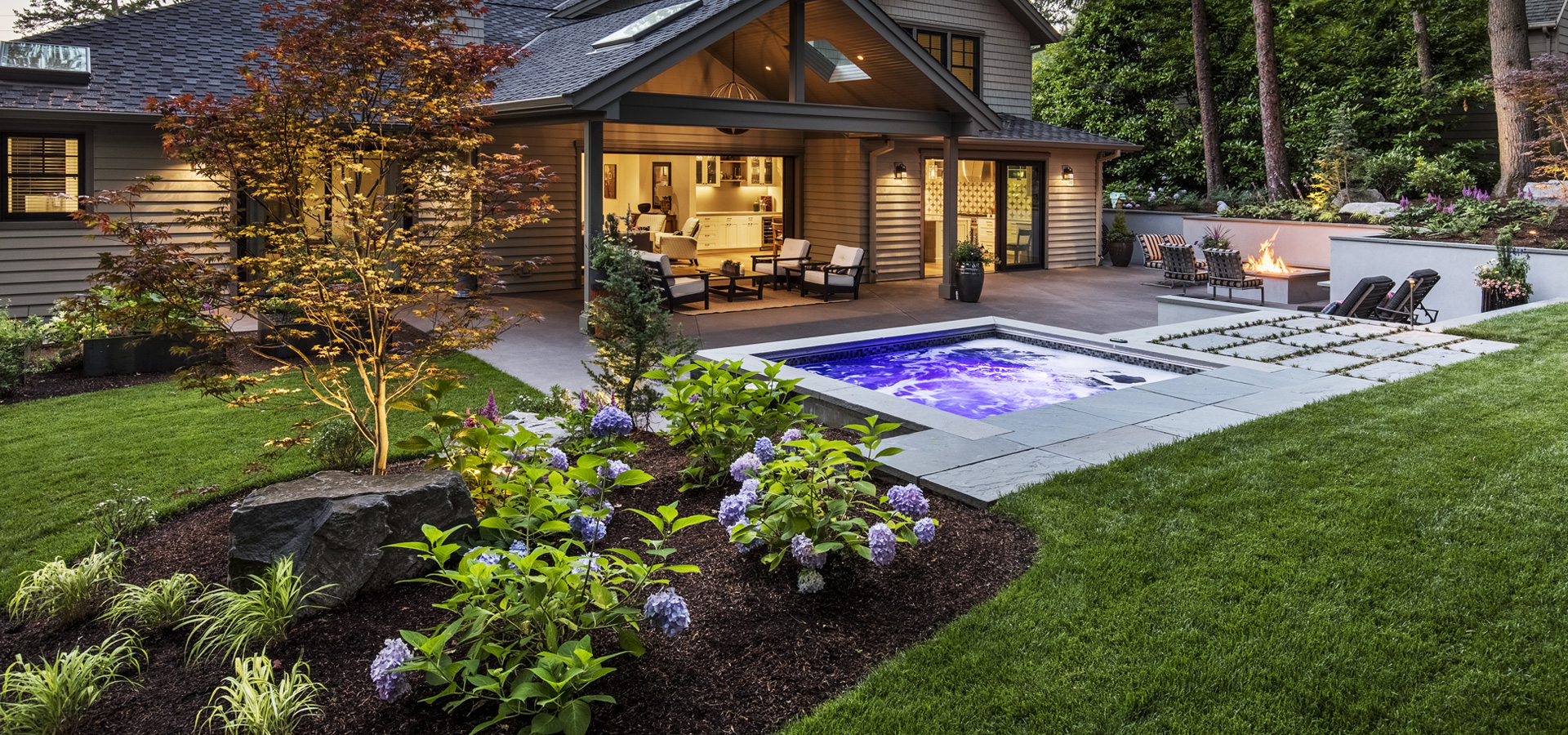An Automatic Irrigation System is a Must-Have
by Admin | Mar 13, 2021

An automatic irrigation system is a must have when you are installing a new landscape. Even if you install the plants in the fall or early spring, the new plants will need help getting through their first few hot seasons. Let’s look at the system as a whole.
As you may assume most of irrigation system will be unseen and underground. Which is a good thing aesthetically nobody wants to look at a bunch of pipes or tubing running across there yard. Just as important is the function and longevity of the system, proper burial of the system protects it from, cold weather, animals and people.
Parts of the System
City Meter – The valve that connects the water from the city’s water supply to your home.
Gate Valve – This is the point where your irrigation water is separated from the rest of your home for better volume and pressure control.
Mainline – The larger diameter pipe that supplies water from the Gate Valve to your Backflow Valve continuing to the irrigation Manifold.
Backflow Double Check Valve – This unit protects the water from your irrigation system returning to your home and city water system.
Manifold / Valves – Technically multiple remote control irrigation valves create the manifold. A remote control irrigation valve is a mechanical ball valve. They are typically connected via wires to the system’s Automatic Controller, which makes them remote. Each valve supplies water to one irrigation zone in your system.
Lateral Lines – These smaller diameter irrigation lines supplied by the valves they provide water to the corresponding zones in the yard.
Spray Heads – There are many kinds of spray heads. Pop-up body spray heads are what you typically see in residential applications. There are also Rotary pop-ups, which are a newer type of unit that apply water at a slower rate in rotation streams. Rotor body pop-ups, which are for larger applications typically sports fields that apply larger amounts of water quickly.
Drip – A drip system has a variety of different parts to approach each specific watering need you have in your yard. The overall philosophy of drip is to reduce the amount of evapotranspiration during the irrigation process. It does this by applying water to the plant at a slower rate beneath the top of the soil.
Controllers and accessories – The brain of the irrigation system turning on the valves at set times so you don’t have to. There are many types of controllers and accessories. Basically you want a controller that can have multiple programs (zone grouping) so that plants with similar needs get the same amount of water. All controllers have a variety of timing selections. To make your system more water efficient you can get rain and solar sensors, which increases the controller’s ability to automatically adjust to the day-to-day weather variations at your unique location. Be advised if your interested in these types of add-ons you need to make sure you purchase a controller that can accommodate them.
Landscaping at its Best



Leave a Reply